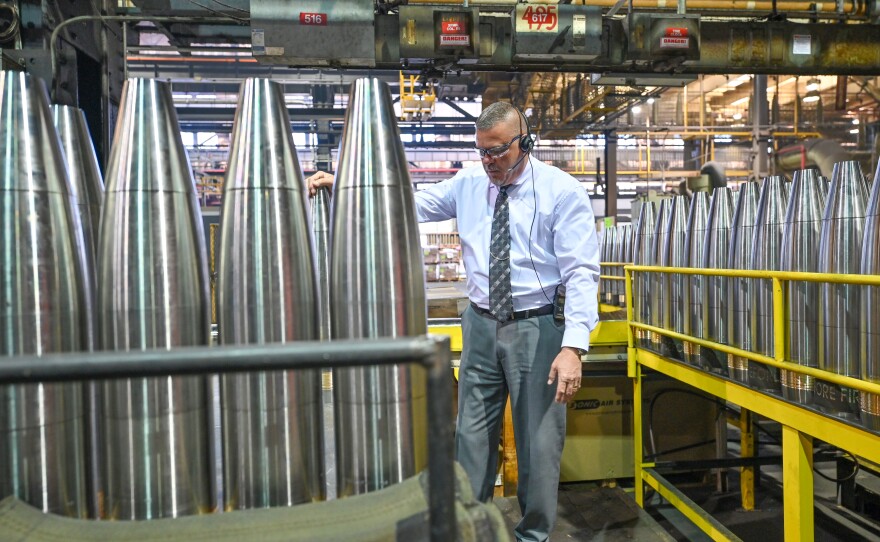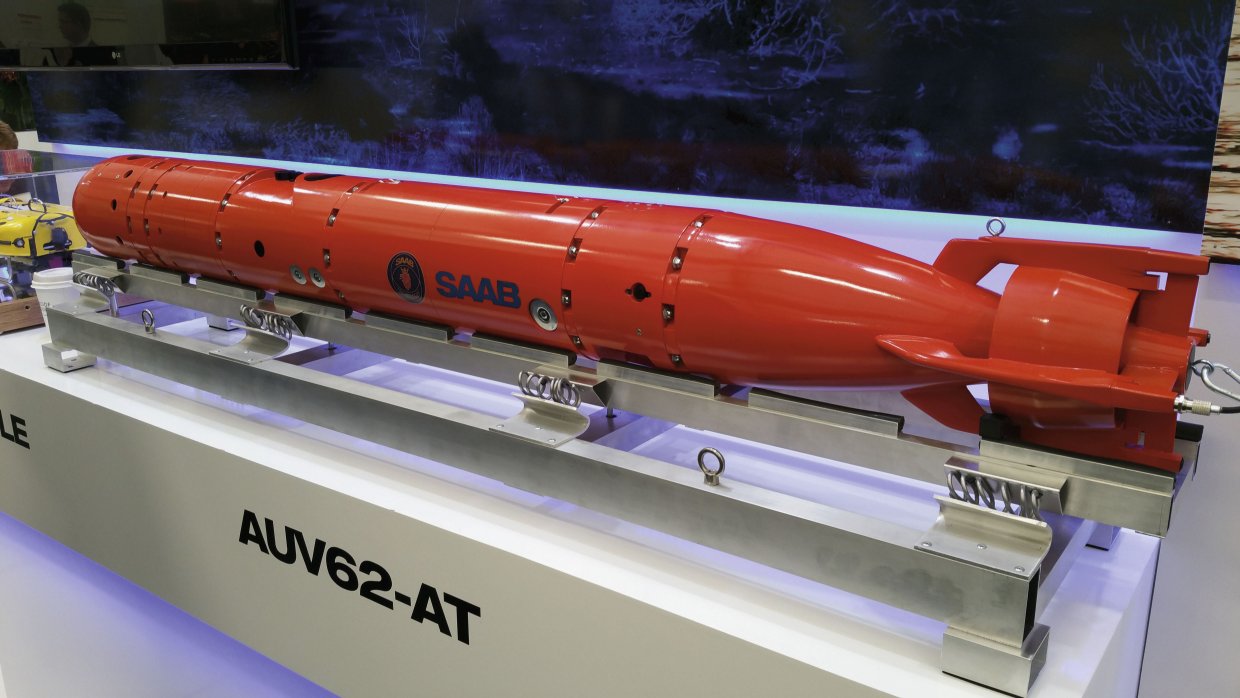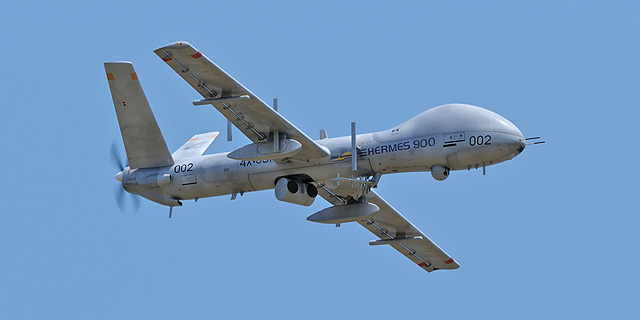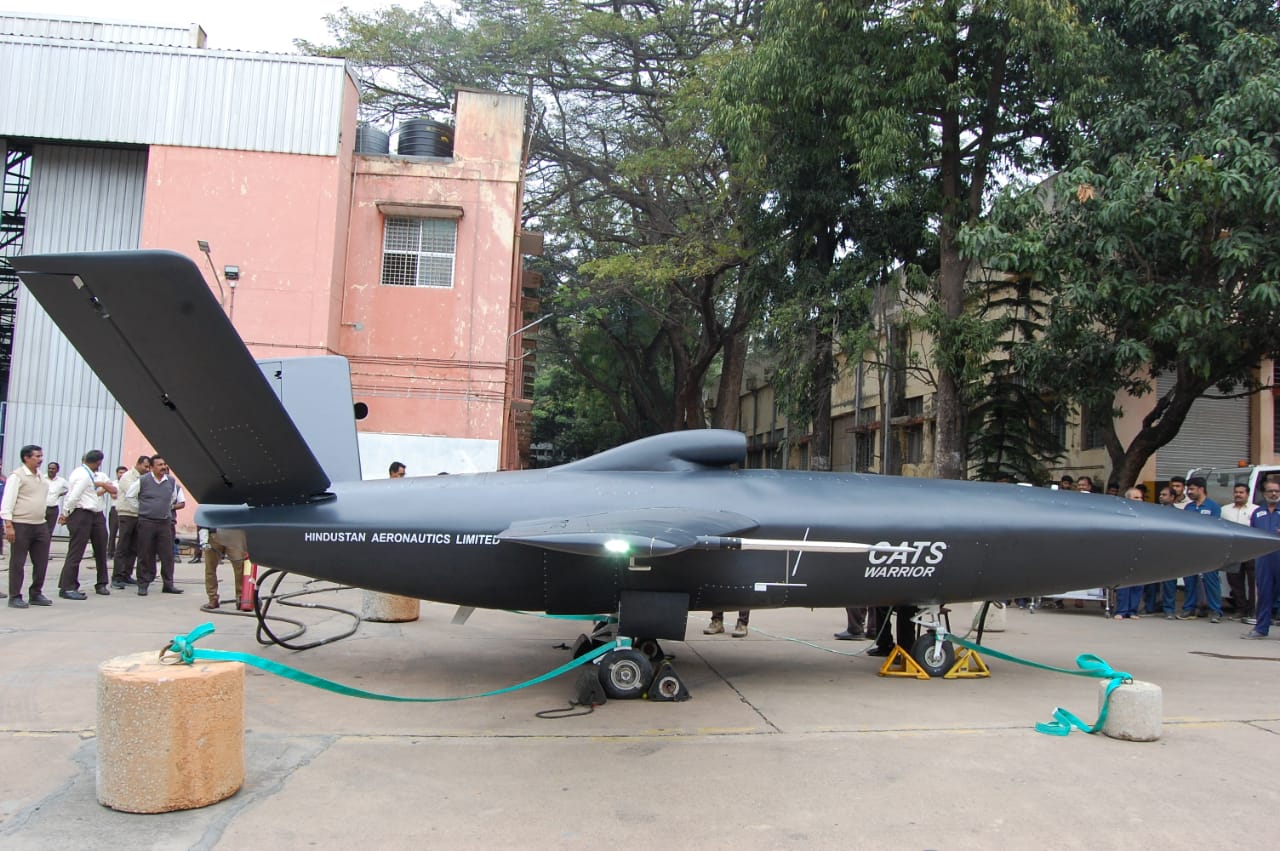Monthly Archives: January 2025
SOURCE: AFI


India’s aerospace industry stands at a pivotal moment, with several ambitious projects like the Regional Transport Aircraft (RTA-90), Multi-role Transport Aircraft (MTA), Tejas MkII, and the Advanced Medium Combat Aircraft (AMCA) program on the drawing board. To see these projects through to fruition, there is a compelling need for a visionary leader akin to the late Manohar Parrikar, whose strategic interventions once revitalized India’s indigenous defense projects, particularly the Light Combat Aircraft (LCA) Tejas.
When Manohar Parrikar took over as Defence Minister in 2014, the LCA Tejas Mk1A was facing significant skepticism from the Indian Air Force (IAF). The IAF had been lukewarm about the project due to delays, perceived deficiencies, and the allure of foreign acquisitions. Parrikar recognized the strategic importance of an indigenous fighter jet for India’s long-term security and technological independence.
Continue readingSOURCE: AFI


India’s defense sector is at a crossroads, with significant potential to emerge as a major exporter of weapons systems. However, to truly leverage this potential, India must revamp its public relations (PR) strategy to ensure its defense exports not only penetrate global markets but also garner positive international perception. The success story of Turkey with its Bayraktar TB2 UAV serves as a compelling case study in effective defense export PR.
Weapons systems, by their nature, can evoke negative connotations. Effective PR can shift this narrative, focusing on the technological prowess, reliability, and strategic advantages of Indian defense products. Turkey managed to create a buzz around the TB2, which, despite being largely composed of foreign components, was marketed as a symbol of Turkish innovation and military might.
Continue readingSOURCE: AFI


Sunita Tools, a leading Indian manufacturer known for its precision engineering and mould base products, has secured a significant contract to supply 100,000 cases for 155-mm artillery shells. The deal was first reported by Business Standard, highlighting a pivotal moment for the company’s expansion into the defense sector.
The order comes from an unidentified defense company, which has issued a letter of intent for the purchase of 100,000 M107 shell casings. This contract stipulates that the full supply must be completed within one year of the prototype approval phase. Initial steps have already been taken, with Sunita Tools receiving government approval to kickstart prototype production, signaling a green light for this venture.
Continue readingSOURCE: AFI


In an era where technology reshapes the contours of conflict, the Indian Army stands at the forefront of innovation, embracing artificial intelligence (AI) and advanced technologies to redefine military operations. The commitment to modernize its forces not only aligns with global defense trends but also positions India as a leader in the new age of warfare.
At the heart of this transformation is the integration of AI into the decision-making process. The Indian Army has developed sophisticated AI systems that enhance situational awareness on the battlefield. These systems analyze vast amounts of data in real-time, from satellite imagery to sensor feeds, providing commanders with actionable insights. This capability allows for quicker, more informed decisions, reducing the time from detection to action and significantly increasing operational effectiveness.
Continue readingSOURCE: IDRW.ORG


In a significant milestone for India’s indigenous Light Combat Aircraft (LCA) program, the eighth of the 18 Tejas Trainer Aircraft ordered by the Indian Air Force (IAF) has successfully completed its first flight. Marked with the designation “LT-5208”, this aircraft took to the skies, marking another step forward in the expansion of India’s self-reliant defense capabilities.
This development follows the first flight of the initial series production trainer aircraft, LT5201, which occurred on 5 April 2023. The Tejas Trainer, designed to prepare pilots for the complexities of flying the combat versions of the Tejas, is a crucial component of the IAF’s modernization efforts.
Continue readingSOURCE: IDRW.ORG


With a coastline extending over 7,500 kilometers, India is uniquely positioned to benefit from robust maritime security solutions. Ensuring the protection of its vast shores against military threats, natural disasters, and accidents is essential for safeguarding its national interests. Saab, a global leader in defense and security solutions, offers a comprehensive suite of unmanned underwater systems tailored to enhance India’s maritime security capabilities. These systems are designed to address a wide range of challenges, from mine countermeasures (MCM) to anti-submarine warfare (ASW), counterterrorism, and more.
As India continues to modernize its naval capabilities, Saab’s cutting-edge technologies, including the AUV62 System, Double Eagle Sarov, and Sea Wasp, present innovative solutions to enhance India’s readiness for both security operations and disaster response.
Continue readingSOURCE: AFI


As India’s defence sector seeks to modernize and diversify, the potential involvement of private sector companies in manufacturing military aircraft is a topic of increasing debate. In particular, the question arises: if the private sector is allowed to produce fighter jets in the country, would the Indian Air Force (IAF) be willing to pay a premium for aircraft assembled by these companies?
Defence analyst Ranesh Rajan, known for his critical insights into India’s defense strategies, raised significant concerns regarding this prospect. According to Rajan, while the idea of fostering indigenous production of fighter jets is appealing, the IAF may face challenges in accepting such offerings at premium prices. “We want to follow the US model and create Lockheed Martin and Boeing of our own military aerospace majors. But to achieve this, we would need to buy their aircraft at prices that will be controlled by them, and also be ready to fund them as they demand,” Rajan said, cautioning against the potential cost implications of such partnerships.
Continue readingSOURCE: AFI


The upcoming Aero India 2025 is set to be an extraordinary event in the world of aviation, with an exciting prospect of a Su-57 vs F-35 faceoff. The Su-57, Russia’s cutting-edge fifth-generation stealth fighter, has already confirmed its participation in the airshow. Meanwhile, the F-35, the U.S. stealth multirole fighter aircraft developed by Lockheed Martin, made a significant appearance at Aero India 2023. With these two advanced aircraft expected to meet again in 2025, it presents a rare opportunity to compare and contrast two of the most technologically advanced fighter jets in the world.
Aero India 2025 promises to be a landmark event, as the Su-57 and F-35 might meet face-to-face on the tarmac, marking a rare moment in aviation history. This presents an interesting opportunity for defense professionals, military planners, and aviation enthusiasts to closely examine the strengths and weaknesses of both aircraft, not only in terms of technology but also in real-world combat scenarios.
Continue readingSOURCE: AFI


The year 2025 could herald a significant transformation in India’s defense procurement policy as the Ministry of Defence (MoD) mulls over a new reform that might ban the procurement of foreign license-manufactured weapons systems for the Indian Armed Forces unless local Indian firms hold the Intellectual Property (IP) rights of these systems. This move is part of an ongoing effort to further the ‘Aatmanirbhar Bharat’ (Self-reliant India) initiative, aiming to reduce reliance on foreign defense equipment and bolster indigenous manufacturing.
Currently, under the existing procurement guidelines, foreign weapons systems are permitted for acquisition if they boast an indigenous content of over 60%. However, the practical implementation of this rule has been fraught with challenges, primarily due to difficulties in accurately assessing the level of local content in these systems. The complexity arises from the integrated nature of modern defense equipment, where components might be sourced globally, making it hard to distinguish between what is truly ‘indigenous’.
Continue readingSOURCE: AFI
.webp/:/cr=t:0%25,l:27.47%25,w:45.06%25,h:100%25/rs=w:365,h:365,cg:true)

In a move that signifies a new era in drone technology cooperation, Avironix, a leading Indian innovator in drone manufacturing, has announced a significant partnership with Lumenier, a well-established USA-based drone Original Equipment Manufacturer (OEM), component developer, and e-commerce provider. This collaboration is set to enhance the technological and commercial landscape of drone usage in both India and the USA.
The primary goal of this partnership is to foster stronger bilateral ties by merging the unique strengths of both entities. Avironix, known for its pioneering work in drone solutions within India, will introduce Lumenier’s sophisticated drone technologies to the Indian defense sector. This is made possible through a technology transfer agreement that ensures these advanced systems are produced locally under the “Made in India” initiative, aligning with the Indian government’s push towards self-reliance in defense manufacturing.
Continue readingSOURCE: AFI


Recent intelligence reports have highlighted a significant escalation in Pakistan’s military activities along certain sections of the Line of Control (LoC) that separates India and Pakistan-occupied Kashmir. Pakistan has been intensifying its defensive and offensive capabilities by strategically laying anti-personnel mines and deploying additional Special Service Group (SSG) commandos.
This bolstering of defenses coincides with the reactivation of terror training camps in the region, with groups like Hizbul Mujahideen stepping up operations. These camps are now seeing an influx of volunteers from former Tehrik-e Taliban Pakistan (TTP) factions, indicating a strategic shift in their approach. Instead of pushing for new infiltrations, there’s a focus on encouraging dormant Pakistan-origin militants within the valley to resume activities.
Continue readingSOURCE: RAUNAK KUNDE / NEWS BEAT / IDRW.ORG


Hindustan Aeronautics Limited (HAL) is gearing up to ramp up the production of the Tejas Mk1A fighter jet, as the Indian Air Force (IAF) has placed an order for an additional 97 units of the aircraft. To meet the increasing demand and bolster the production capacity, HAL has announced plans to establish a fourth assembly line dedicated to the Tejas Mk1A. This new line will be set up at HAL’s Nashik facility and is expected to become operational by mid-2026.
Currently, HAL operates two assembly lines for the Tejas Mk1A, with a third line, also at the Nashik plant, set to begin production in March 2025. The third line is projected to increase the total annual production rate to 24 units. However, the IAF’s order for an additional 97 jets has prompted HAL to enhance this capacity further.
Continue readingSOURCE: RAUNAK KUNDE / NEWS BEAT / IDRW.ORG


In an exclusive revelation to idrw.org, a Hindustan Aeronautics Limited (HAL) official has confirmed that the backlog of F-404 engines, which were to be supplied by General Electric (GE), has now reached 26 units. This comes amidst ongoing challenges faced by GE in meeting the delivery schedules for these critical components for the Light Combat Aircraft (LCA) Tejas.
According to the information shared with idrw.org, GE is set to deliver the first lot of two engines in March 2025. However, the plan to ramp up production by 2026 suggests that the backlog might not see significant reduction in the immediate future. The official further disclosed that the backlog is expected to swell to 30 units by mid-2025, reflecting the persistent production and supply chain issues at GE.
Continue readingSOURCE: RAUNAK KUNDE / NEWS BEAT / IDRW.ORG


India is on the brink of securing another significant defense export deal, this time with Indonesia for the BrahMos supersonic cruise missiles. According to sources close to the development, Indonesia’s Ministry of Defense has dispatched a formal letter to the Indian Embassy in Jakarta, indicating their interest in a $450 million deal for the BrahMos missiles.
The proposed transaction not only highlights India’s growing stature in the global defense market but also underscores the strategic partnership between India and Indonesia. To facilitate this deal, India is mulling over providing financial assistance. Sources have revealed that discussions are underway to extend a loan to Indonesia, possibly through the State Bank of India or another national bank.
Continue readingSOURCE: AFI


Hindustan Aeronautics Limited (HAL) has reached a pivotal moment in its flagship Combat Air Teaming System (CATS) project with the successful engine ground run of the CATS-Warrior Full-Scale Demonstrator. This achievement underscores the collaborative synergy among HAL’s various Research and Development (R&D) centers, highlighting the integration of aircraft design by the Aircraft Research and Design Centre (ARDC), an indigenous Mission Computer from the Systems and Laboratory Research and Development Centre (SLRDC), and an indigenous power plant from the Aero Engine Research and Development Centre (AERDC).
The CATS-Warrior, a key component of the air teaming concept, is designed to operate in concert with manned aircraft to enhance combat capabilities through a mix of manned and unmanned aerial vehicles. This successful ground run signifies that the project is advancing towards operational readiness, with the prototype aircraft scheduled to be unveiled at the upcoming Aero India 2025 exhibition.
Continue reading